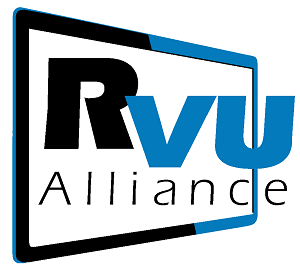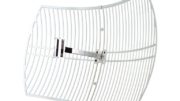What do all these letters and numbers mean?
PORTLAND, Ore., Mar 19, 2012 (BUSINESS WIRE) — The Digital Living Network Alliance® (DLNA®) and the RVU Alliance™ today announced that the RVU Alliance Remote User Interface (RUI) has been incorporated into the DLNAInteroperability Guidelines. The relationship between the two organizations underscores the importance of consumer access to service provider content throughout the digital home. These new guidelines allow service providers to export the look and feel of their features to DLNA Certified devices.
What do all these letters and numbers mean?
RVU is the standard developed by DIRECTV, Samsung and others to create televisions that don’t need receivers. If you’re interested in how it works, read our exclusive hands-on article. The idea is that a smart television can do all the work of pulling audio and video from a super DVR like DIRECTV’s HR34, while the DVR does all the recording in a central location. It’s a great idea that will probably get better over time.
DLNA is the standard for sharing audio and video between devices in the home. Everything from computers to routers has it, and it’s the easy way to store information on your computer (like legally obtained DVD rips) and share it to your TV. It’s been around for several years and is very mature.
By making RVU part of the DLNA spec, this opens up the opportunity for PC-based DIRECTV clients or standalone RVU adapters from multiple companies, not just DIRECTV and Samsung, who have not yet delivered a completely satisfying RVU solution.
It also means that most smart TVs could join the RVU party fairly easily with an update to their DLNA software. It’s hard to know how well this would work on older TVs or if they would be supported, but the multicore smart TVs announced at CES2012 would certainly have the chops to handle RVU.
What isn’t known yet is what it would cost the consumer. Right now an RVU client costs $6 per month, about the same as an extra receiver. This limits the excitement of having it built into the TV, and while the RVU system gives full DVR functionality without a box, it’s still not as robust as having an actual DVR in the room, which costs only $1 more per month. Would a PC-based client also cost $6 per month? If so, that might limit the enthusiasm.
If they can get the pricing under control, this is a great step forward for DIRECTV in competitiveness. If any DLNA client can act as a DIRECTV receiver then all of a sudden most homes would have at least one more “TV” in the house, possibly more with mobile clients.
If you’re interested, read the rest of the press release here.





